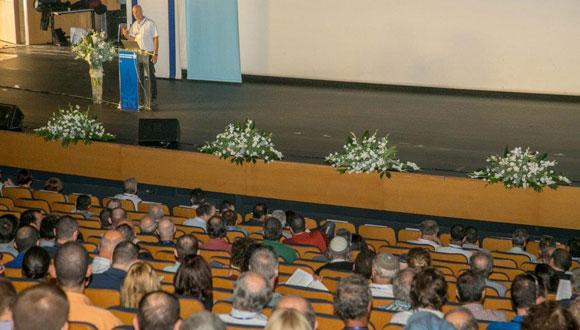Physics Colloquium: Decoding the Origin of Elements and the History of the Galaxy
David Weinberg, Ohio State University
Bahcall Memorial Lecture
Abstract:
Giant surveys that measure the multi-element chemical fingerprints of hundreds of thousands of stars allow dramatic advances in understanding the history of our Galaxy and the origin of the elements. I will discuss insights from the Apache Point Observatory Galactic Evolution Experiment (APOGEE) of the Sloan Digital Sky Survey and from analytic and numerical models of the chemical enrichment history of the Milky Way. Elemental abundances and abundance ratios tend to approach an equilibrium in which element production from nucleosynthesis is balanced by element depletion from star formation and outflows. For conventional supernova yields, reproducing observed abundances requires outflows in which the Milky Way and similar galaxies eject 1-3 times as much gas as they form into stars.
APOGEE observations show that the distributions of stars in (magnesium, iron, age) -space change steadily across the Galactic disk, revealing complexities in the history of the Milky Way. Given these distributions, however, the behavior of other APOGEE abundance ratios can be explained by changes in the ratio of enrichment from core collapse supernovae vs. thermonuclear (Type Ia) supernovae. The separability of this “multi-element cartography” offers a route to empirically constraining the nucleosynthetic yields from supernovae in a way that is insensitive to uncertainties in other aspects of Galactic chemical evolution. While many of these empirical inferences agree with theoretical predictions, some of them are quite surprising.
Event Organizer: Dr. Ishay Pomerantz


